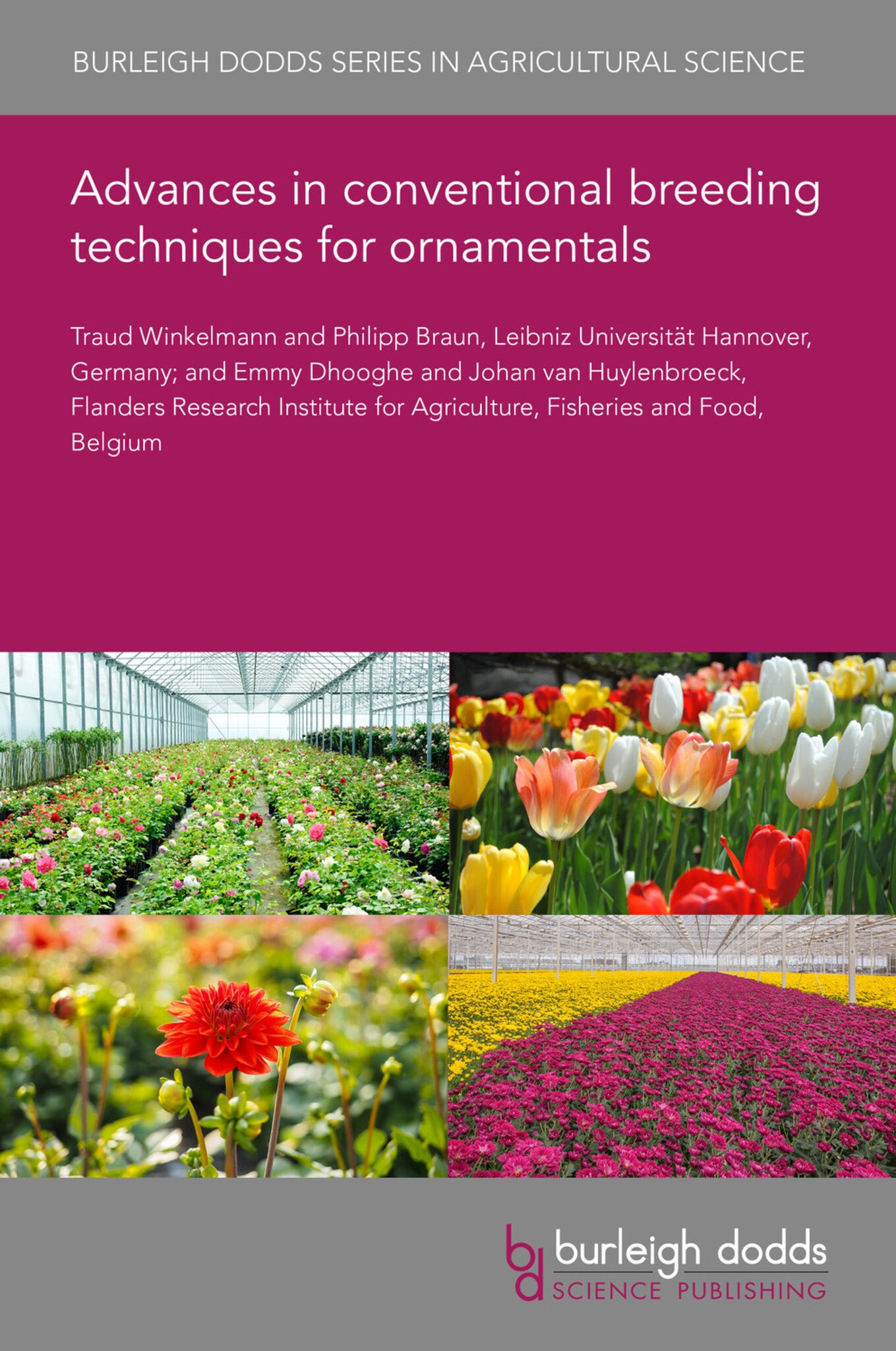We're sorry. An error has occurred
Please cancel or retry.
Advances in conventional breeding techniques for ornamentals
Regular price
£25.00
Sale price
£25.00
Regular price
£25.00
Unit price
/
per
Sale
Sold out
Re-stocking soon
Sustainability in the floricultural value chain comprises a multitude of aspects, such as the economical use of resources, mainly energy, water, nutrients, and substrate ingredients such as peat, a...
Read More

Some error occured while loading the Quick View. Please close the Quick View and try reloading the page.
Couldn't load pickup availability
- Format:
-
27 April 2020

Sustainability in the floricultural value chain comprises a multitude of aspects, such as the economical use of resources, mainly energy, water, nutrients, and substrate ingredients such as peat, as well as the avoidance of environmental pollution by plastic wastes, fertilizers and pesticides. Several of these aspects can be addressed in breeding programs using conventional techniques, such as classical cross breeding and selection, polyploidization and interspecific hybridization, ideally supported by marker-assisted selection. This chapter summarizes the advance in these breeding techniques in ornamental crops and discusses their application with respect to breeding goals covering aspects of sustainable ornamental plant production: drought tolerance, low temperature tolerance, elevated pH tolerance, resistance and tolerance to biotic stress, nutrient use efficiency, compactness and postharvest life. In the future, breeding will become more efficient once the genetic base of the novel – mostly very complex – traits is resolved. Thus, research efforts are needed in both model and ornamental plants.

Price: £25.00
Publisher: Burleigh Dodds Science Publishing
Imprint: Burleigh Dodds Science Publishing
Series: Burleigh Dodds Series in Agricultural Science
Publication Date:
27 April 2020
ISBN: 9781786767158
Format: eBook
BISACs:
SCIENCE / Life Sciences / Horticulture, Commercial horticulture, TECHNOLOGY & ENGINEERING / Agriculture / Sustainable Agriculture, Botany and plant sciences, Sustainable agriculture

1 Introduction 2 Current common breeding techniques in ornamentals 3 Conventional breeding for sustainable production of ornamentals 4 Conclusion and future trends 5 References



